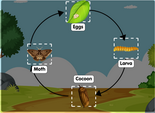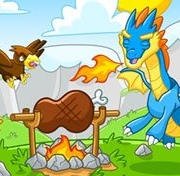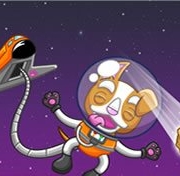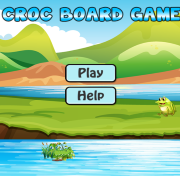Insects and Other Land Invertebrates, Science Game for kids
This science game helps children to learn about and practice land invertebrates, with a focus on insects and other animals like snails.
While insects are considered land invertebrates by the IUCN, they are not the only ones. Arthropods is a larger group that includes insects. They are distinguished by their jointed legs and segmented bodies as well as a strong exoskeleton. Over 3,000 species of arthropods are known. Although insects are one type of invertebrate that is well-known, they are not the only one.
Slugs, worms and fungi are all examples of invertebrates that aren't arthropods. Their bodies are soft and spongy. These invertebrates form important links at crucial interfaces like the ocean-coastal and land-water environments.
Diverse invertebrates can live in many habitats. Some invertebrates are aquatic, like sponges and corals. Others are terrestrial and can produce eggs and sperm in their natural environments. They can adapt to any environment, eating plant, animal and decaying organic matter. They can fly to escape predators. Invertebrates are classified based on their body structure and their life cycle. For instance, insects have a head and thorax with six legs.
Studying invertebrates is the only way to understand their role in complex ecosystems. Recent research has shown that invertebrates play an essential role in ecosystems and that healthy population are dependent on them.











